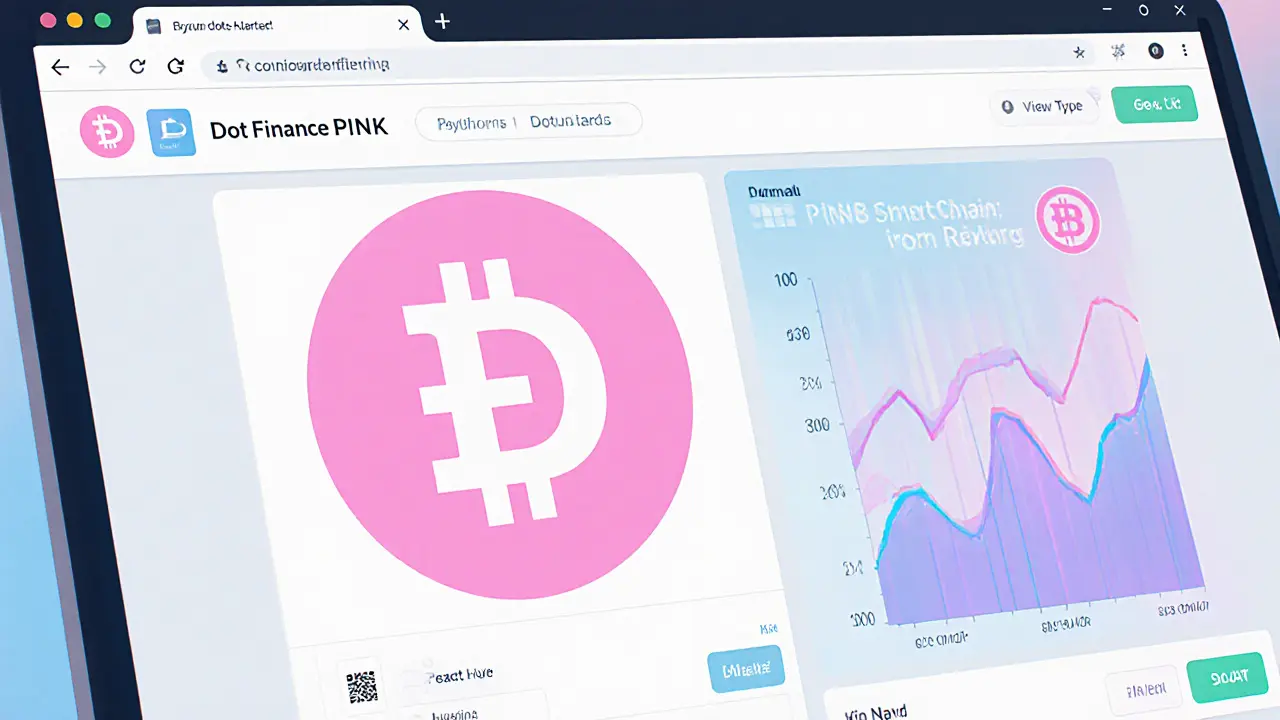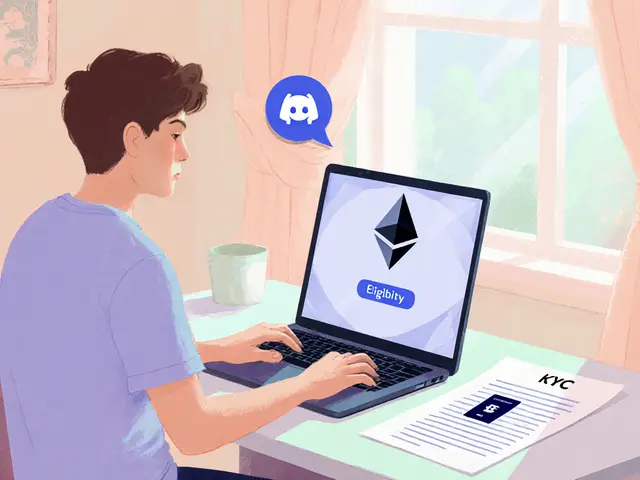DeFi Rug Pull: How to Spot and Avoid Scams
When dealing with DeFi rug pull, a sudden exit by a project that drains funds from its liquidity pool, leaving investors with worthless tokens. Also known as crypto exit scam, it typically exploits smart contracts, self‑executing code that controls token swaps and pool balances and often goes unnoticed until the creator disappears.
Key Signs of a Rug Pull
A liquidity pool, the pool of tokens used for swapping and price discovery is the heart of any DeFi project. When the pool’s depth is shallow or controlled by a single wallet, the risk spikes. Look for a sudden surge in token price followed by a tiny amount of liquidity left behind – that’s a classic red flag. In many cases the developers lock the pool for a short period then open it up, letting them pull the funds in one massive transaction.
Another warning sign is a missing or low‑budget audit, an independent review of the smart contract code for vulnerabilities. Projects that brag about “no audit needed” or use unaudited custom code are often cutting corners to hide backdoors. Even audited contracts can be vulnerable if the audit is outdated or performed by a biased firm. Always check the audit’s date, the auditor’s reputation, and whether the report is publicly available.
Regulatory compliance also plays a hidden role. A project that respects regulatory guidelines, rules around anti‑money‑laundering (AML) and know‑your‑customer (KYC) that many jurisdictions enforce is less likely to be a front for a rug pull, because authorities can intervene before the funds disappear. Look for clear disclosures, registered entities, and transparent team information. If a team hides behind pseudonyms and avoids any legal statement, the odds of a scam are higher.
Putting these clues together forms a practical checklist: verify the liquidity pool size, confirm an up‑to‑date audit, scan for regulatory compliance, and monitor the token’s distribution—especially any large “owner” wallets. By crossing these boxes you can dramatically cut the chance of walking into a DeFi rug pull. Below you’ll find a curated list of articles that dive deeper into each of these aspects, from real‑world case studies to step‑by‑step detection tools.

A concise guide to Dot Finance (PINK) crypto coin-its launch, tokenomics, market crash, and why it became a classic rug‑pull example.
Jonathan Jennings Oct 17, 2025




